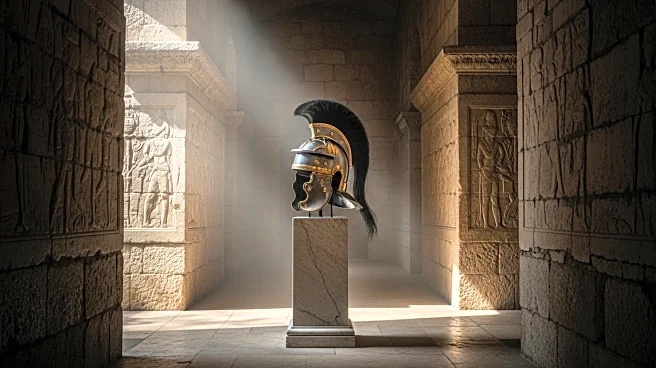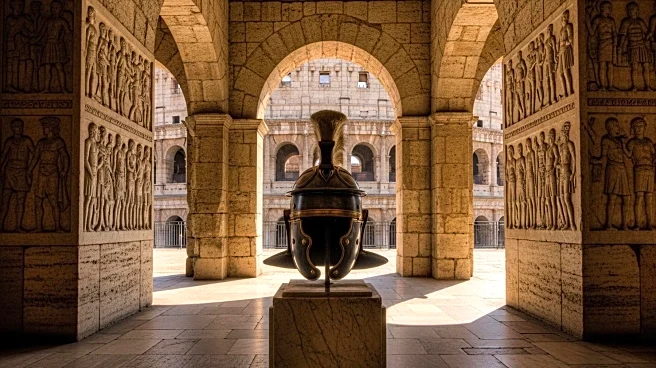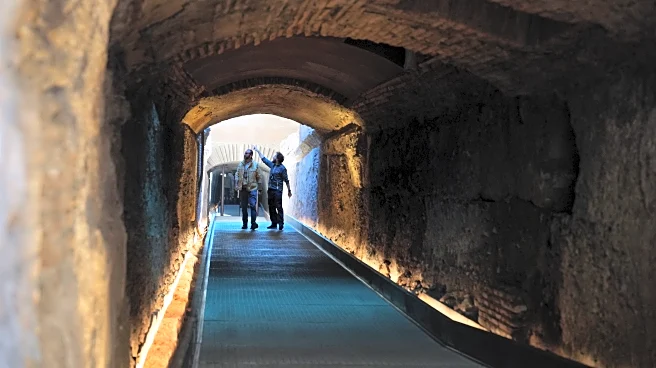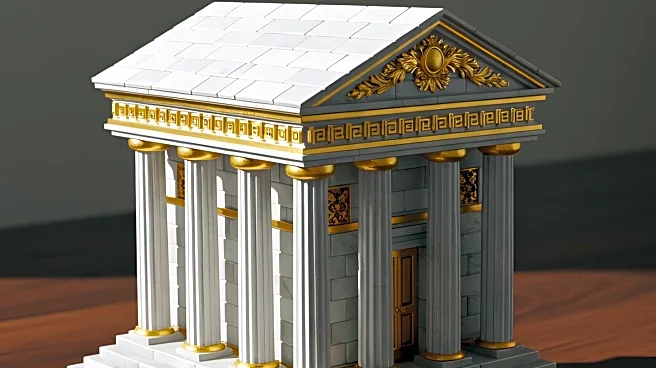What's Happening?
The Colosseum in Rome is set to open a secret passageway known as the Commodus Passage to the public for the first time. This passageway, used by Roman emperors to enter the arena discreetly, was rediscovered in the 1810s and named after Emperor Commodus. The passageway has undergone extensive renovations, including structural conservation and the installation of a walkway for visitors. The opening is scheduled for October 27, allowing visitors to experience a historically significant part of the Colosseum that was previously inaccessible.
Why It's Important?
The opening of the Commodus Passage offers a unique opportunity for visitors to connect with Roman history and architecture. It enhances the cultural and educational value of the Colosseum, attracting tourists and scholars interested in ancient history. The project reflects ongoing efforts to preserve and promote historical sites, contributing to the cultural heritage and tourism industry in Rome. It also underscores the importance of archaeological conservation in maintaining historical landmarks for future generations.
What's Next?
Following the opening, the Colosseum Archaeological Park plans to continue exploring and restoring other sections of the passageway. This ongoing work will further enhance the visitor experience and contribute to the understanding of Roman history. The project may inspire similar conservation efforts at other historical sites, promoting cultural preservation globally.
Beyond the Headlines
The restoration of the Commodus Passage highlights the challenges of preserving ancient structures, including dealing with environmental factors that affect historical materials. It raises questions about the balance between accessibility and conservation, ensuring that historical sites remain intact while being open to the public. The project also reflects broader themes of cultural identity and the role of historical sites in shaping national narratives.











